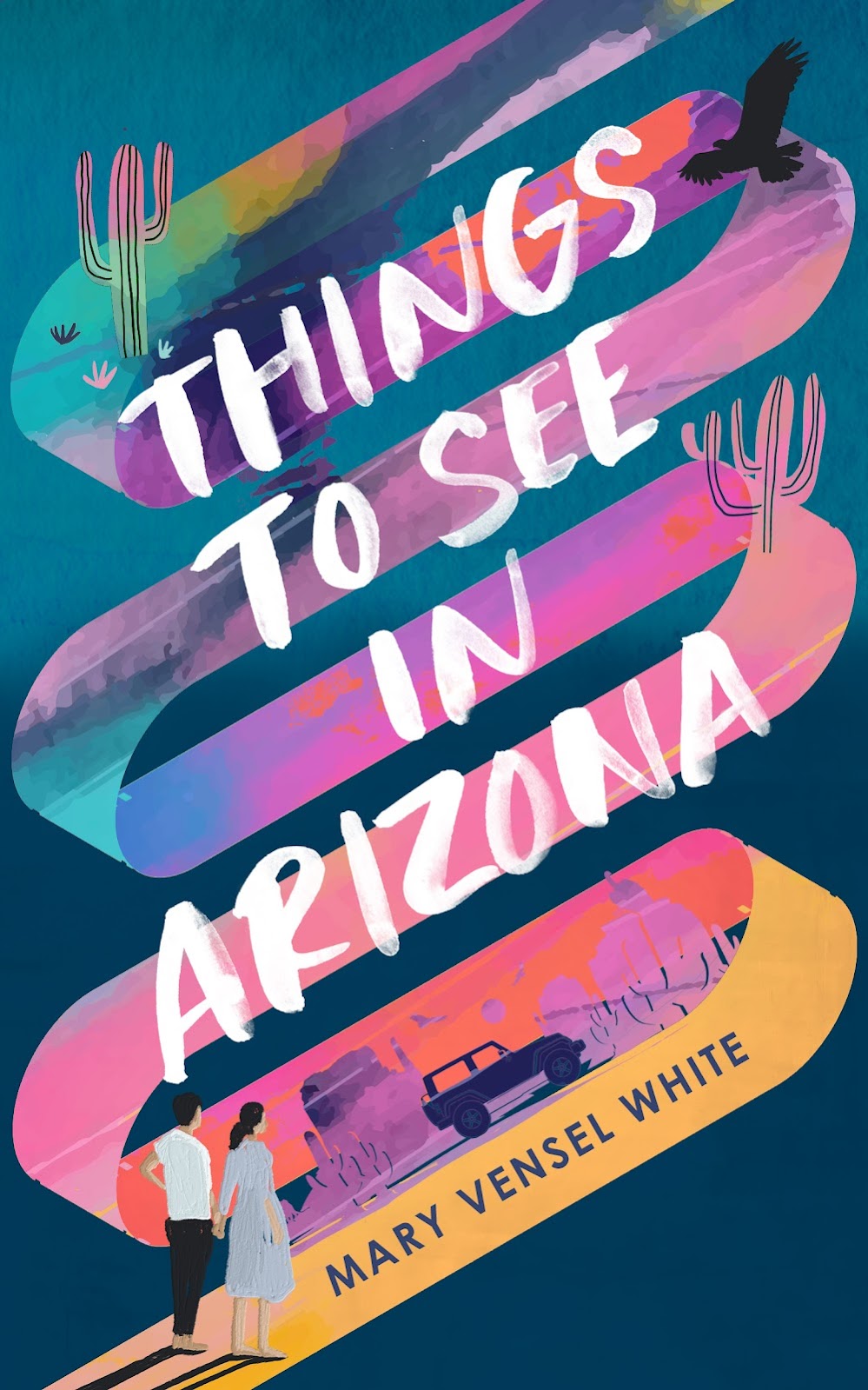Reading a book that scores of people rave about always comes with a sense of anticipation. At least, it does for me, because I’m of the mind that scores of people usually aren’t entirely wrong. Even if I don’t end up raving about the book myself, I usually find some reasons for the mass appeal.
In the case of Shirley Jackson’s The Haunting of Hill House, I find myself among the ravers. What Jackson does with characterization, with point of view, with mood—is simply masterful.
Four strangers arrive at an old, creepy house, one at a time. Three have been enlisted by Dr. Montague, an occult scholar, to help identify evidence of the supernatural in Hill House, which has a tragic past and has been the subject of rumors amongst the townspeople for decades. From the moment the house comes into view, it becomes a character with a sense of agency:
“This house, which seemed somehow to have formed itself, flying together into its own powerful pattern under the hands of its builders, fitting itself into its own construction of lines and angles, reared its great head back against the sky without concession to humanity.”
Throughout the story, the house continues to have a life and intent of its own. Noises rise from nowhere; doors close on their own accord. Part of its disregard for humanity lies in the construction itself. Dimensions are wrong (“the walls seemed always in one direction a fraction longer than the eye could endure”) and the floorplan is like a maze. Once our four protagonists are inside, they have a hard time finding their way around in this “masterpiece of architectural misdirection,” as Dr. Montague calls it. They constantly feel disoriented. These descriptions of the house, along with the convoluted things the characters think and say, keep the reader feeling as they do: confused and claustrophobic. How Jackson achieves this consistent mood, the lack of equilibrium the reader experiences—I have no idea.
As for characterization, each of the four instantly inspire our interest and curiosity. Did I mention the wit and dry humor in this novel? Here is how two characters are introduced:
“Luke Sanderson was a liar. He was also a thief. His aunt, who was the owner of Hill House, was fond of pointing out that her nephew had the best education, the best clothes, the best taste, and the worst companions of anyone she had ever known.”
And
“Eleanor Vance was thirty-two years old when she came to Hill House. The only person in the world she genuinely hated, now that her mother was dead, was her sister. She disliked her brother-in-law and her five-year-old niece, and she had no friends.”
Eleanor becomes our guide; it is through her point of view that we experience the unusual events of Hill House. But from the beginning, the reader can’t be sure about Eleanor. She is socially awkward and emotional. Constantly in her own head, Eleanor reprimands herself, makes up stories and recites maxims and lines from songs to herself. Another dimension arises with the appearance of the fourth main character, Theodora. With their alliterative names and similar ages, the two young women are meant to be presented in comparison to each other. Unlike Eleanora, who saw the invitation to Hill House as an escape from her life, Theodora arrives after a rash decision, with little thought. Or does she? The women establish a banter from the start, and their uneasy friendship leaves us wondering—as we wonder about the house—which way is up.
The characters settle in and being to explore the house and follow the strict dining routine set up by the housekeeper, another eccentric and eerie character, Mrs. Dudley. And as expected, strange things begin to happen. We aren’t sure of anything, especially the characters themselves, and the book escalates to a thrilling conclusion that seems completely expected and yet, I hadn’t fully seen it coming.
So, I’d say the raves are justified. It’s a great read, a book I finished in a few sittings and enjoyed from the first page to the last. The Haunting of Hill House requires a second reading, and perhaps a third, because Jackson has woven such an alluring and layered web. It is the perfect start to my Summer of Houses reading project, as it features what is perhaps one of the most famous literary houses, one that certainly demands attention in the story:
“Hill House, not sane, stood by itself against its hills, holding darkness within; it had stood so for eighty years and might stand for eighty more.”



















Fun post! I look forward to seeing what comes next ... the House of Seven Gables? Bleak House? The Fall of the House of Usher (I know, that's a short story, but its a fun one!)
ReplyDeleteAn intriguing review! Thanks! This is one book that I've heard about for ages but have not quite gotten around to. Reading this makes me want to bump the book up a few notches.
ReplyDelete